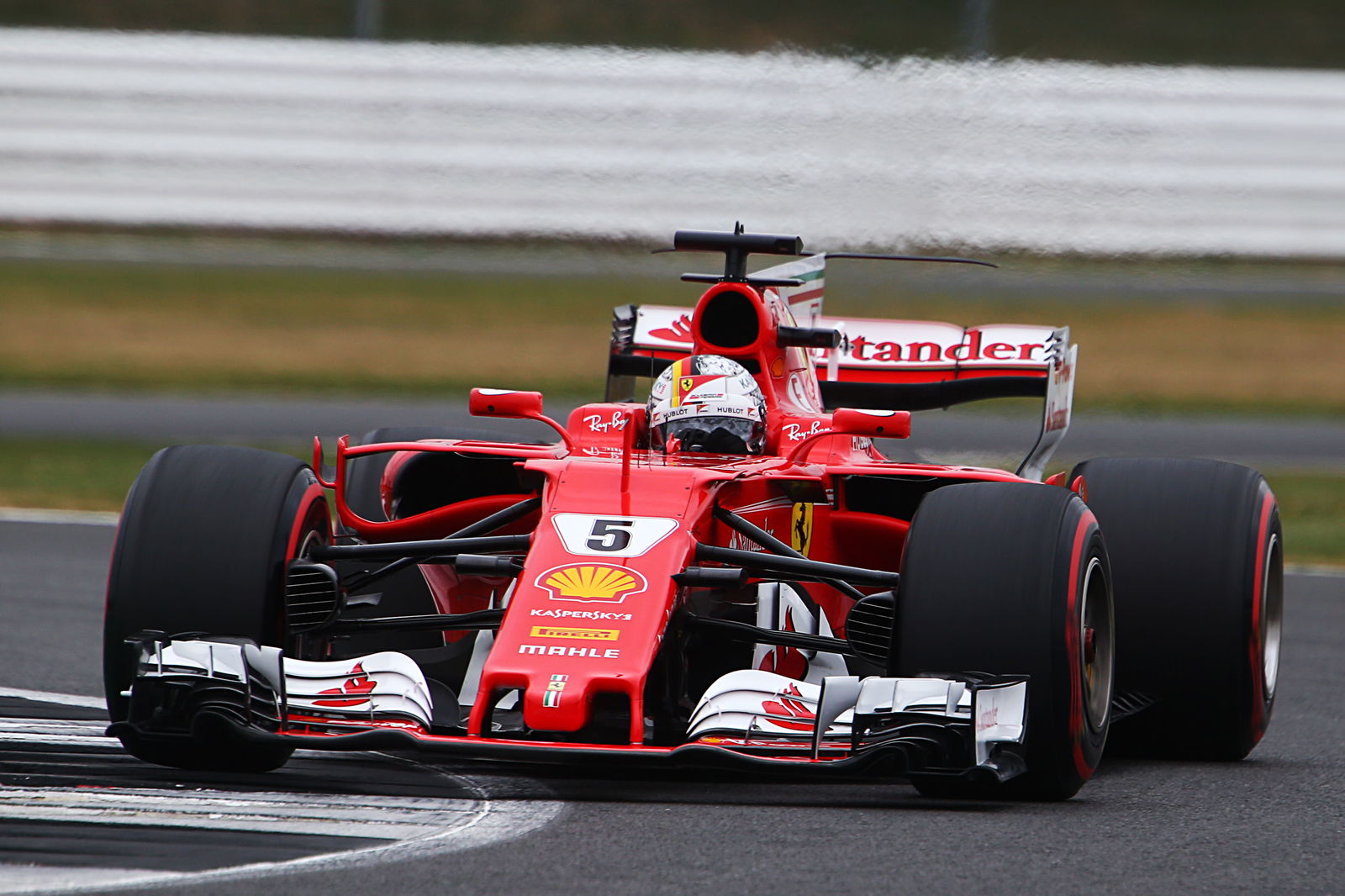FIA explains 'why the Halo is the best solution'

The FIA has released a detailed statement outlining the testing procedure behind the Halo and why the cockpit protection device has been made mandatory in Formula 1 from the 2018 season.
Earlier this week it was confirmed the Halo safety device would be introduced from next season which has split opinion throughout the sport. The FIA, who is believed to have pushed through the Halo for 2018, has explained why the decision was made for the device to be installed as early as next season.
With the cockpit protector initially deferred until 2018 after an F1 Strategy Group meeting in July 2016, the FIA says its attention to ramping up cockpit safety has been heightened due to a number of recent incidents, plus near misses, while the Grand Prix Drivers' Association also told FIA President Jean Todt that 'some form of frontal cockpit protection be implemented as swiftly as possible'.
In its statement, the FIA has revealed the extensive static, simulation and actual testing programme the Halo has undergone while also trialling alternatives including the Shield and the Aeroscreen.
After issues were raised with both the Shield and the Aeroscreen during tests in F1 free practice sessions, the FIA says 'tests of the Halo continued to prove successful'.
"Focusing on three significant major risk types, car-to-car contact, car-to-environment contact and external objects, tests revealed that in the case of car-to-car incidents the Halo was able to withstand 15x the static load of the full mass of the car and was able to significantly reduce the potential for injuries," the FIA statement read.
"Feedback from extensive track testing revealed that visibility was substantially unaffected, and there was no significant visual obstruction due to the central strut.
"Track testing also revealed no issues regarding the cockpit and multiple extrication tests were conducted with the Halo in place, with a revised procedure formulated to ensure safe extrication."
As a result, the FIA feels after thorough testing over the past two years it couldn't defer from its 2018 deadline and 'the Halo system represents the best solution to the issue of frontal cockpit protection currently in existence'.
The FIA also confirmed teams, drivers and the governing body would continue to develop and refine the Halo ahead of the 2018 season as a joint effort.

